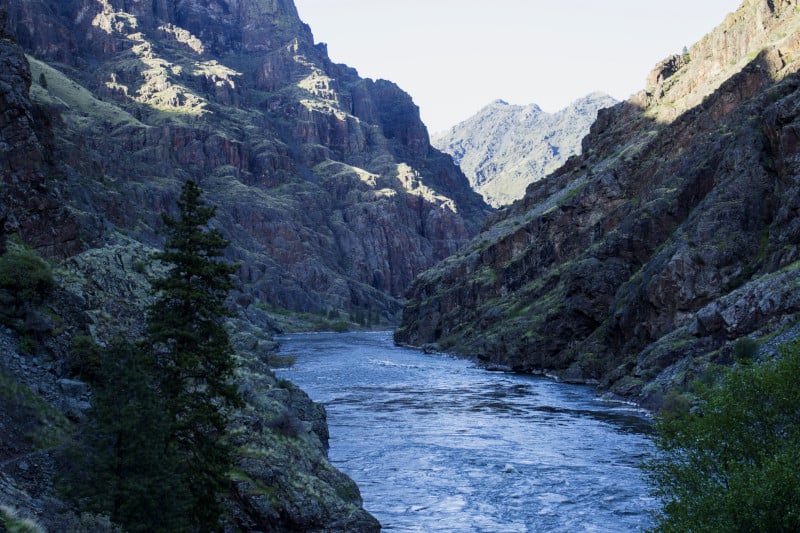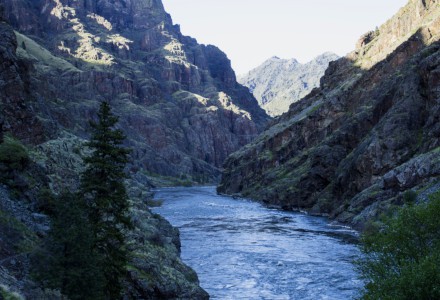
Hells Canyon Facts
- Very notably, the breathtaking Hells Canyon remains one of the great marvels of its region. Quite surprisingly, however, to most of the world outside of its region, this wonder remains virtually unknown.
- It unfortunately remains in the shadow of that well-known marvel, the Grand Canyon. This amazing site actually surpasses it in depth, however. In fact, this ranks as the deepest canyon on its continent.
- It remained unknown to European settlers until 1806. At that time, members of the Lewis and Clark Expedition found the site. They turned back before exploring its entirety, though, for unknown reasons.
- But, the magnificent gorge had long been known to local Native Americans. Several different tribes used the canyon, in fact. These included the Nez Perce, Shoshone-Bannock, and the Paiute.
- Finally, today it serves as a locally very popular recreational area. Yet, most of it remains inaccessible by road. It currently serves as a major component of the Hells Canyon National Recreational Area.
Related Articles
Hells Canyon Physical Description
First of all, the sheer grandeur of the mesmerizing Hells Canyon must be taken into account. That’s because it’s sheer dimensions only tell part of its story. Those nevertheless remain impressive enough on their own.
Firstly, the magical geological wonder has a truly astounding overall width. That holds true because that measures roughly 10 mi (16 km). Secondly, its maximum depth measures an astounding 7,993 ft (2,436 m). It also has a total length of about 125 mi (200 km).
The beautiful Snake River also flows through the fabulous canyon. Yet, at one point it does so at more than 1 mi (1.6 km) below the western edge. On the other side, majestic mountains further soar to a height of 7,400 ft (2,300 m) above it.
The awesome Hells Canyon additionally serves as home to an abundance of wildlife. This includes large numbers of black bears, elk, cougar, mountain goats, and deer. Several plant species actually thrive there that exist nowhere else, as well.
Hells Canyon Location, Formation, and Usage
The sincerely stunning Hells Canyon formed in what now comprises the far northwest section of the United States. This enormous canyon also remains one of the great geological wonders of North America.
It is located roughly along the borders of three states. These consist of Idaho, Oregon, and Washington. Its earliest formation began around 300 million years ago. This began as the result volcanic activity, not tectonic.
Not only that, but due to the ongoing volcanic action, enormous quantities of limestone began to be deposited. Much later, tectonic activity then pushed the limestone, along with sedimentary rock, upward.
About 6 million years ago, though, the Snake River formed within what’s now Hells Canyon. Its mighty flow slowly but surely carved out the massive canyon. Then, roughly 15,000 years ago, a massive flood from a melting glacier further expanded it.
Lastly, today the site has several primary uses for mankind. First of all, three large hydroelectric dams have been constructed within its confines. Also, recreational activities happen in abundance within it. These include hiking, boating, fishing, camping, and rafting.
Features Sharing Its Range
Check out our other articles on 6 Mysterious Natural Phenomena, Kakapo, Whitehaven Beach, Icicle Mushroom, Seychelles Sheath-Tailed Bat, Pacific Sea Nettle, Black Rain Frog

